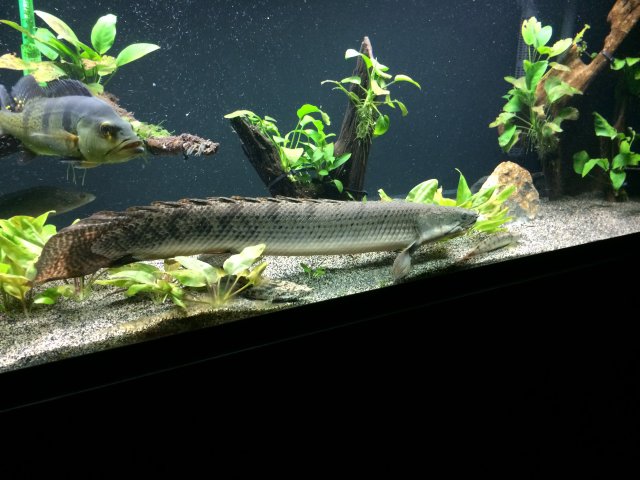Josh's Fish I retract my comment about the font. Apparently my 10 year old computer just sucks and didn't show it in HD. Just watched it on my phone and everything was very clear and crisp! The pacing was also better on my phone. Perhaps I was having an issue with YouTube pixel clarity and speed on my computer? The beginning was slower this time. Will learn to use the pause button for the longer slides.
Im going to watch this video every day for a while! Again wonderful work
super excited to watch it again. The anal cupping video is so neat. There's a sentence I never thought I'd say lol.
Haha no worries matey, the pacing of it is a common complaint. It was really just down to keeping the file at a managable size and so it wouldn't potentially put off some people with a shorter attention span, like me haha
Glad you enjoyed it and it was of use to you



